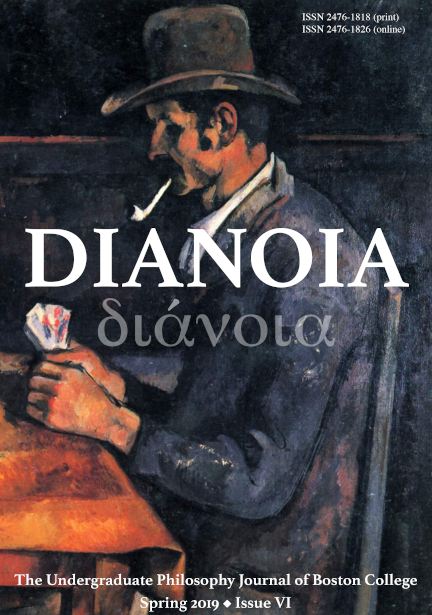The Horror of the Real: Filmic Form, The Century, and Fritz Lang's M
DOI:
https://doi.org/10.6017/dupjbc.v6i1.11731Abstract
It is not surprising that film became the dominant art form of the twentieth century. The promise of a medium that could capture life in motion proved exciting, though soon after its conception, debates cropped up pitting the merits of realism against those of expressionism. Should a medium predicated on recording life adopt expressionistic sensibilities? Writing on the burgeoning cinema, Walter Benjamin seemed to imply that film carried with it a distinctly political responsibility to show life as it really is. In attempting to rethink this argument, I argue for the political potential of an expressionistic cinema, as understood by considering the theoretical underpinnings of Alain Badiou’s The Century (2008) when read in relation to Fritz Lang’s M (1931)—a film that embodies Badiou’s musings on the twentieth century’s aesthetic ideals and violent tendencies. Badiou writes that “the torment of contemporary art” is that it is situated at a crossroads between “romantic pathos, on the one hand, and a nihilistic iconoclasm” on the other: a knowing admission that the Real can never be truly represented, and an oppositional desire to convey it anyways. M knowingly exposes these aesthetic contradictions at the heart of the filmic medium by leaning into its own artificiality, and, in doing so, it prophetically exposes the thinking behind a growingly fascist German state in the 1930s. By the end of my paper, I arrive at the conclusion that the violence found in both twentieth century aesthetics and politics came about as the result of a similarly idealistic principle.
Downloads
Published
How to Cite
Issue
Section
License
Copyright (c) 2019 Peter Gavaris

This work is licensed under a Creative Commons Attribution 4.0 International License.
Please navigate to the Copyright Notice page for more information.

